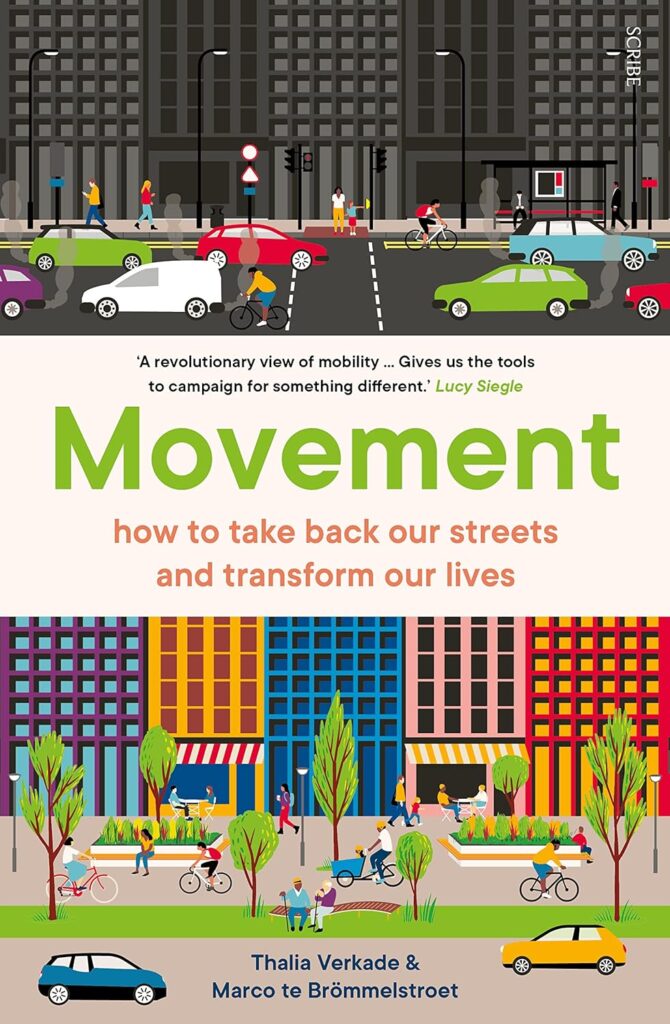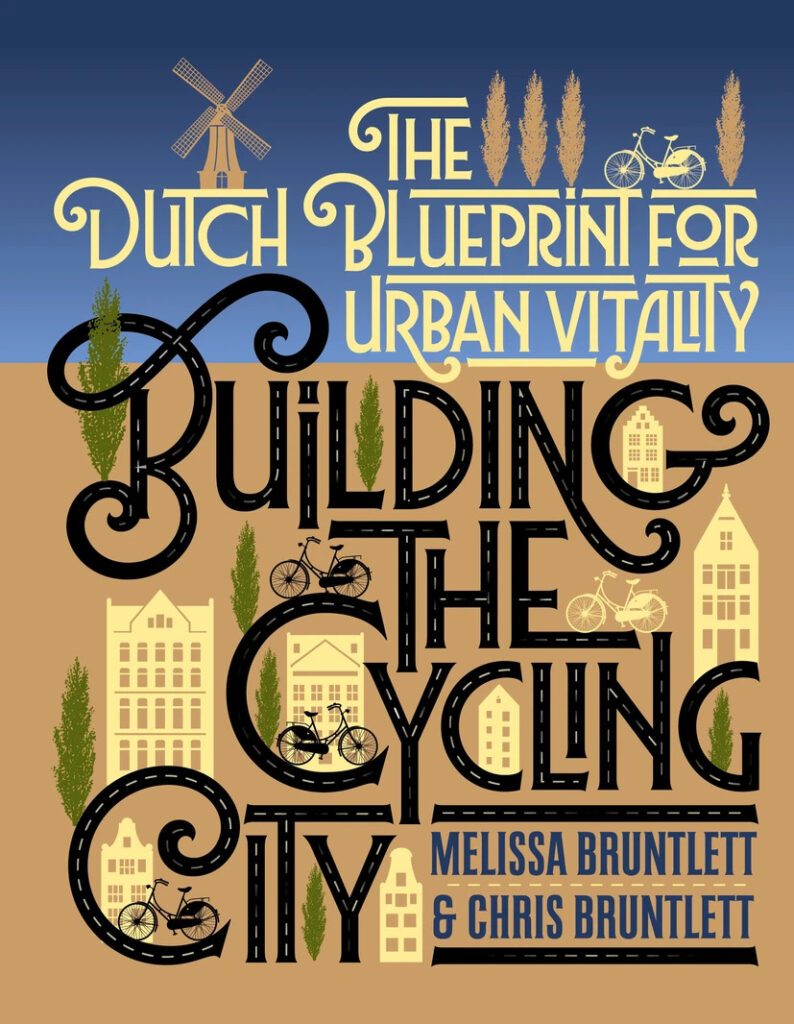In a time of converging emergencies, how do you save the city? And what is this entity – the city – we are trying to save, does it need saving, who will save it, and what does saving mean anyway? Is there something obvious we have not found or done?
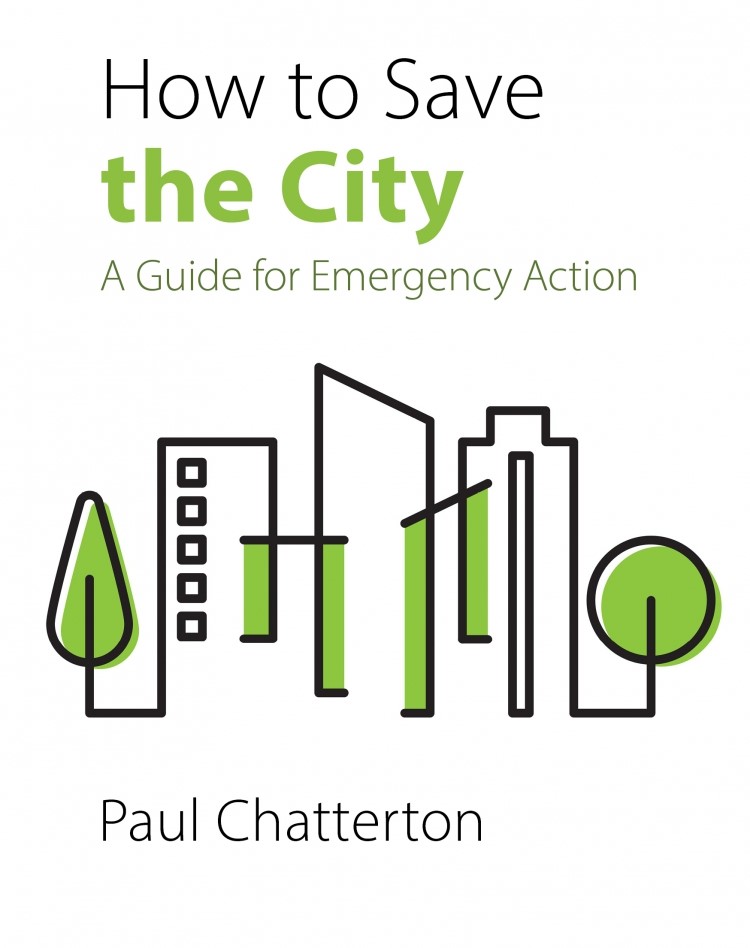
What is it about?
Urban life has become increasingly complicated with various problems such as social, economic, and environmental issues that humans have created. These problems have caused people’s quality of life to deteriorate putting our living situation in an emergency mode. Who is responsible for these challenges? Who is responsible for overcoming them? What question will the future generation ask us? “Why did the last generation fail to act?” OR “How did the last generation save the city?”
The responsibility lies with everyone who contributes to the creation of problems and solutions. It doesn’t matter what role you play: Politician, planner, activist, teacher or student. Each of us is the first responder to save our cities from climate, natural and social emergencies. We must actively address our urban crises and take decisive action to save the city.
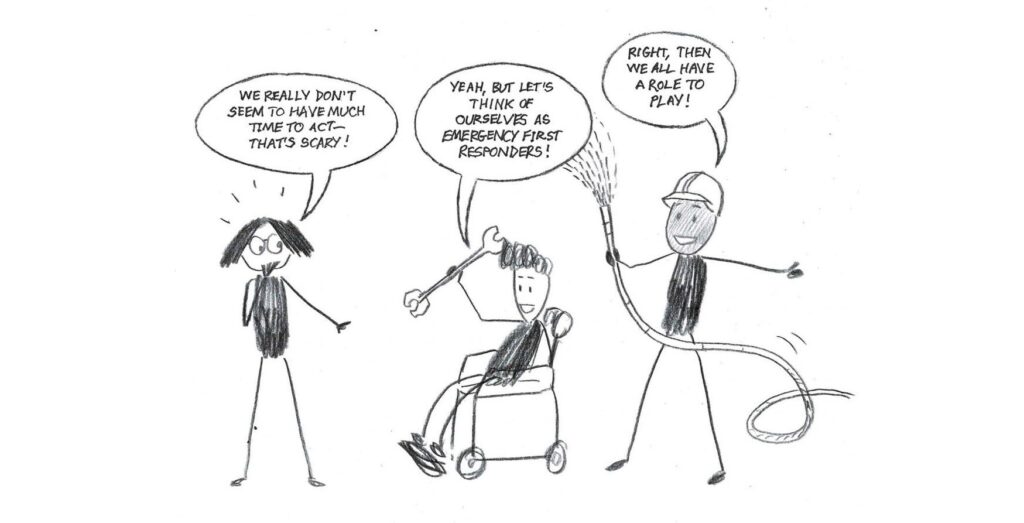
“Transforming our cities is no longer discretionary. Without decisive action we are facing the possibility of an Earth that is not safe and habitable for humans.”
How to Save the City, written by Paul Chatterton and illustrated by James McKay, is an exciting and inspiring book based on hope and imagination to address a fundamental question: in a time of converging emergencies how do you save the city? It aims to mobilize us all to create a breakaway coalition: “a network of people across business, research, civic and public sectors who are prepared to support and build a new kind of city based on equality, regeneration and the common good rather than extraction, ceaseless economic growth and hierarchy”. It is an urgent time to wake up and save our cities.
The book is divided into three main parts: Strategy, players, and moves which together provide the ideas and practical tools for thinking and acting as a change-maker to save our cities in this emergency context. Three chapters explain these parts in detail and the final chapter is a short imagination of life in the early 2030s around the ideas in the book, describing a time when we saved the city.
The first step, Strategy, is about our approach to change and a theory of change, which the author presents as elements that function as a coherent package of ideas: Learn‒Act‒Build approach. We need to think about how and why change happens, how to challenge existing ways of thinking and how to connect our goals and outcomes.
“First, we have to learn new ways of knowing and being in the world and unlearn those that harm and stop change; second, we have to act, resist and make a stand against that which causes damage; and third, we have to build alternatives that make real the world we want to see.”
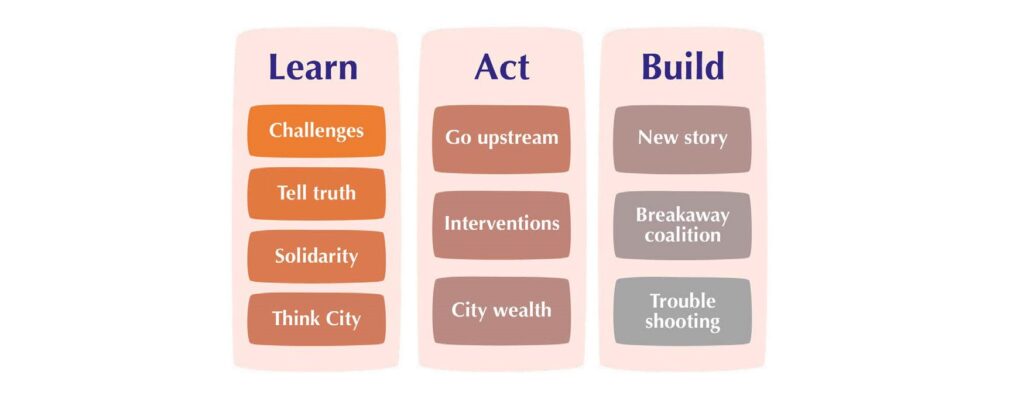
The second step, Players, is about who will bring about change. This section introduces nine key players who have a special role to play as they shift into emergency mode, put strategies into practice and take decisive action (p. 7):
- The scientist/researcher and how they can create an experimental approach to the city where our places become living laboratories for emergency solutions to the problems we face;
- The teacher/educator and how we make use of teaching and education to relearn the art and skills of community so we can navigate the emergencies ahead;
- The entrepreneur and how we build a new economy which has at its heart the communities it serves and embeds city wealth building;
- The city-maker and the skills of being an interconnected practitioner that can work across silos and departments and lead a breakaway coalition;
- The social activist and how everyday activism can harness broad social power in ways that involve and engage people to take action;
- The consumer and how we link buying and making, instilling an ethics of care into our daily trading which becomes more local and community responsive;
- The citizen and how we manage the urban commons, bringing the city’s land and buildings into use for communities to build resilience and sustainability;
- Big business and how we harness their power and skills as a force for transformation through a circular and regenerative economy;
- The non-human and how humans can reconnect with plants and animals and rewild the city in the face of the rapid extinction of the natural world.
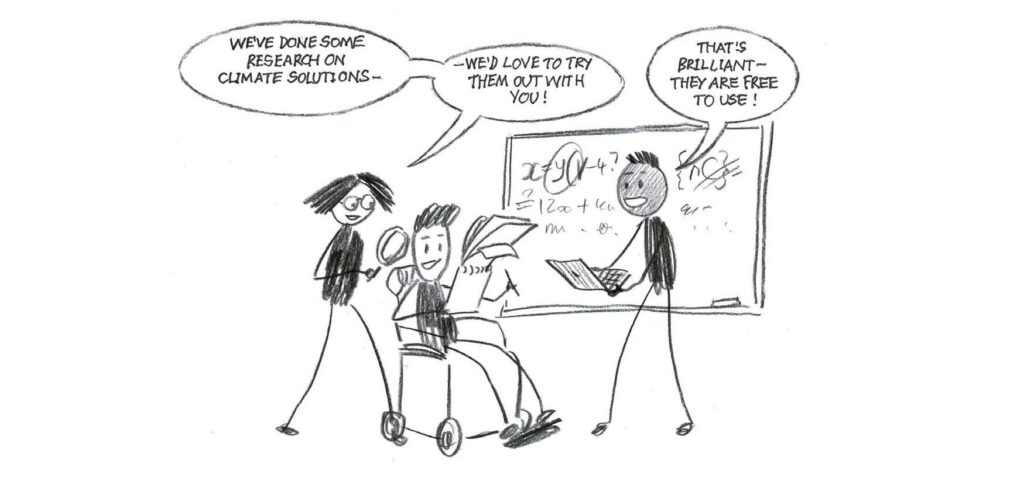
The final step, Moves, is about putting change into action. The book presents six emergency action areas/move topics to tackle the emergencies we face and discusses how their interaction can ultimately save the city. Emergency move topics are mobility, economy, placemaking, aviation, democracy and nature. The main point is to look at the connection between these moves and how changes in one area unlock and accelerate changes in another (p. 135).
Car-ism: Cities need a radical rethink of mobility
Mobility is the most important emergency move in this book. Saving our cities from “car-ism” and reclaiming our urban spaces is crucial to responding to our triple emergencies – climate breakdown, nature loss and social inequality. Paul Chatterton seeks to explore how we can unravel car-ism to create a very different mobility system that is affordable, efficient and a route out of our emergencies (p. 9). From this perspective, the fight against car-ism is one of the most important measures to save the city. Movement is another book focusing on how can we take Back our cities from cars.
“Reversing out of car-ism means reconnecting with a vision beyond and without cars: creating car-lite and ultimately car-free cities.”
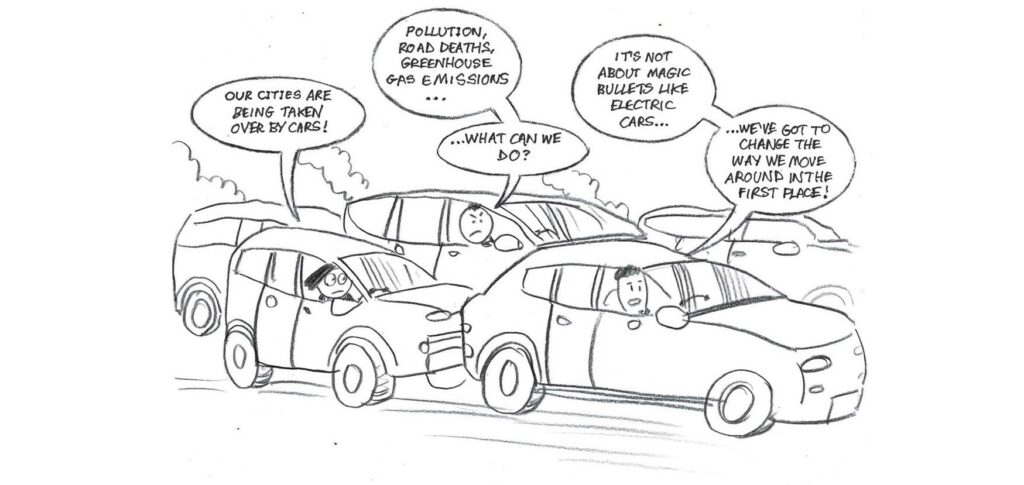
What approach does it take?
The book is a wonderful guide to mobilize everyone for our urban emergencies and build a strong coalition. It seeks to raise awareness of the status quo and propose a clear path to save our cities. Three main elements (strategy, players, moves) form the book’s theoretical approach to tackling urban crises. From this point of view, the book’s approach is very innovative and different from similar sources. The book also includes a collection of cartoons showing three young people in dialog as they explore what saving the city means to them.
Who might be interested in this book?
The book is a must-read to critically rethink our cities and take action to transform them. We are all responsible for our urban emergencies. To save our cities and create the breakaway coalition, everyone should play a role. Therefore, we are all the audience of this book. This book inspires us to care about our global cresses and guides to what we can all do to take emergency action to save the city! read it and apply it in your context!
Further details
- Academic disciplines: Environmental studies, urban studies and planning.
- Geographical scope: –
- Relation to cycling: Human-centered mobility is central to the book.
- Reference (APA): Chatterton, P. (2023). How to save the city: A Guide for Emergency Action. Urban Worlds.

